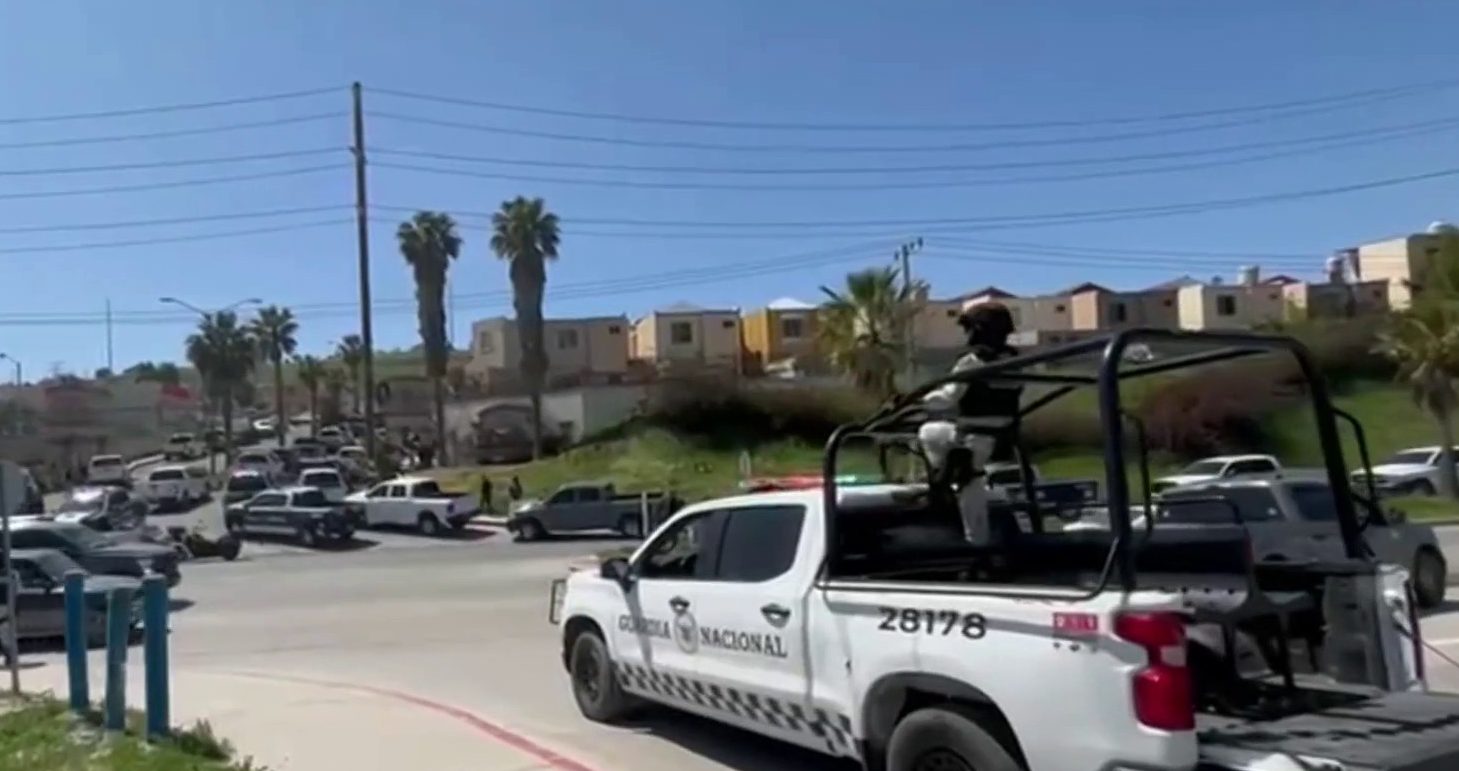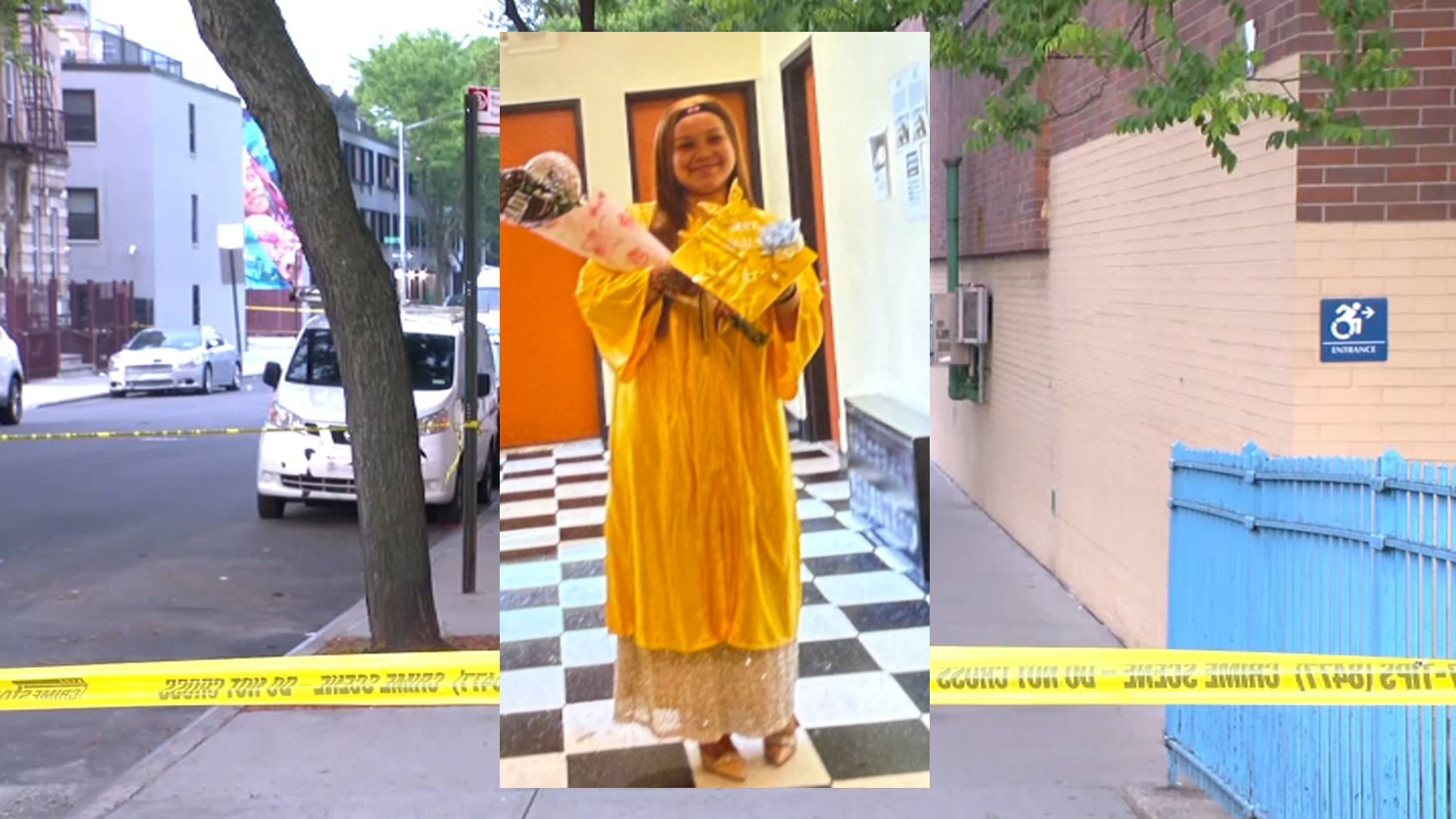Escaped Killer Captured: Months on the Run End!
California Fugitive Captured: End of a Deadly Run
The Long Arm of the Law: Introduction
The hunt is over. After months of eluding authorities on both sides of the border, Cesar Hernandez, a California inmate with a violent past, is finally back in custody. This isn't just another story of an escape; it's a tale of murder, international manhunts, and the unwavering pursuit of justice. Imagine the relief felt by those who have been living in fear since Hernandez vanished. Let's delve into the details of this gripping case.
The Capture: A Joint Effort
Cesar Hernandez was apprehended Thursday night in east Tijuana, Mexico. This successful capture was a collaborative effort between Mexico’s State Investigation Agency and the U.S. Marshals Service. It's a testament to the power of international cooperation in bringing fugitives to justice. But how did this all start? Let's rewind.
Escape from Custody: A Daring Act
Hernandez, 34, made his daring escape on December 2, 2024, just before a scheduled court appearance in Delano, Kern County. He was already serving a hefty sentence: 80 years to life for first-degree murder. How could someone serving such a sentence simply walk away? The details of his escape remain somewhat unclear, but the consequences were devastating.
Security Lapses: A Question of Accountability
Naturally, questions are being raised about the security protocols in place at the time of Hernandez's escape. Was it a matter of negligence? Did he have inside help? An investigation is likely underway to determine how such a lapse could occur. After all, security is paramount when dealing with individuals convicted of violent crimes.
The Tijuana Connection: A Deadly Shootout
The escape took a dark turn when Hernandez became a suspect in the April 9 shooting death of police commander Abigail Esparza in Tijuana. This incident elevated the case from a simple escape to an international crisis. The U.S. Marshals Service was in the area during the attempted arrest, highlighting the collaborative nature of the hunt.
Abigail Esparza: A Life Cut Short
The death of Commander Esparza is a tragic reminder of the risks law enforcement officers face every day. She was a dedicated public servant, and her loss is deeply felt by her colleagues and the community she served. The pursuit of justice for her became a top priority for Mexican authorities.
The Original Crime: A South Los Angeles Murder
Before the escape and the Tijuana shootout, Hernandez was convicted of first-degree murder for fatally shooting a man outside a South Los Angeles bar. This violent act landed him in prison in the first place. He was serving a life sentence, illustrating the severity of his crime. It's a stark reminder of the devastating impact of gun violence on communities.
The Victim: A Life Lost to Violence
The victim's name may not be widely known, but their life was tragically cut short by Hernandez's actions. Their family has undoubtedly endured unimaginable pain and suffering. Justice for the victim is a critical aspect of this entire case.
The U.S. Marshals Service: Leading the Hunt
The U.S. Marshals Service played a crucial role in the international manhunt for Hernandez. Their expertise and resources were instrumental in tracking him down and coordinating with Mexican authorities. Their involvement underscores the seriousness with which the U.S. government viewed this case. They really are the long arm of the law in this scenario.
Interagency Cooperation: A Vital Partnership
The successful capture of Hernandez highlights the importance of interagency cooperation. The U.S. Marshals Service worked closely with various law enforcement agencies, both in the United States and Mexico, to bring Hernandez to justice. This type of collaboration is essential in combating transnational crime.
Extradition: Returning to Face Justice
Now that Hernandez is in custody, the process of extradition will likely begin. He will be returned to the United States to face justice for his escape and any potential charges related to the death of Commander Esparza. The legal process will be complex and lengthy.
Potential Charges in Mexico: A Complicated Legal Landscape
It's possible that Hernandez could face charges in Mexico related to the death of Commander Esparza. The legal systems in both countries will need to coordinate to ensure that justice is served on both sides of the border. It's a tangled web of international law and jurisdiction.
The Impact on Victims' Families: A Sense of Relief
The capture of Hernandez brings a sense of relief to the families of his victims. While it doesn't bring back their loved ones, it does provide a sense of closure and the assurance that justice will be served. It's a small step towards healing, but a significant one nonetheless.
Long-Term Healing: A Continuing Journey
The capture of Hernandez is just one step in a long and difficult journey for the victims' families. They will continue to grapple with the pain and loss they have experienced. Support and resources are essential to help them heal and rebuild their lives.
Looking Ahead: Lessons Learned
The escape and subsequent capture of Cesar Hernandez provide valuable lessons for law enforcement agencies. It highlights the importance of robust security protocols, effective interagency cooperation, and unwavering dedication to justice. This case should serve as a reminder that no one is above the law, no matter how far they run.
The Future of Law Enforcement: Adapting to New Challenges
As criminals become more sophisticated and technology advances, law enforcement agencies must adapt and evolve. This case underscores the need for continuous training, improved security measures, and enhanced collaboration to stay one step ahead of those who seek to evade justice. It's a constant game of cat and mouse.
Conclusion: Justice Prevails
The capture of Cesar Hernandez marks the end of a terrifying chapter. His escape from custody, the tragic death of Commander Esparza, and the initial murder in Los Angeles all contributed to a complex and heartbreaking saga. However, this case also demonstrates the unwavering commitment of law enforcement agencies to pursue justice, regardless of the challenges. Ultimately, the long arm of the law reached across borders and brought a fugitive to justice.
Frequently Asked Questions
- How did Cesar Hernandez escape from custody?
The exact details of his escape remain unclear, but an investigation is likely underway to determine the circumstances surrounding the incident and if any security protocols were breached.
- Why was the U.S. Marshals Service involved in the search for Hernandez?
The U.S. Marshals Service has the authority to apprehend fugitives who have crossed state or international lines. Their expertise and resources are often crucial in these types of cases.
- Will Hernandez face charges in Mexico for the death of Commander Esparza?
It's possible. The legal systems in both the United States and Mexico will need to determine the appropriate jurisdiction and charges to be filed.
- What happens to Hernandez now that he has been captured?
Hernandez will likely be extradited back to the United States to face justice for his escape and his original murder conviction. He may also face additional charges related to the death of Commander Esparza.
- What lessons can law enforcement learn from this case?
This case highlights the importance of robust security protocols, effective interagency cooperation, and unwavering dedication to justice. It serves as a reminder that no one is above the law, regardless of how far they run.

